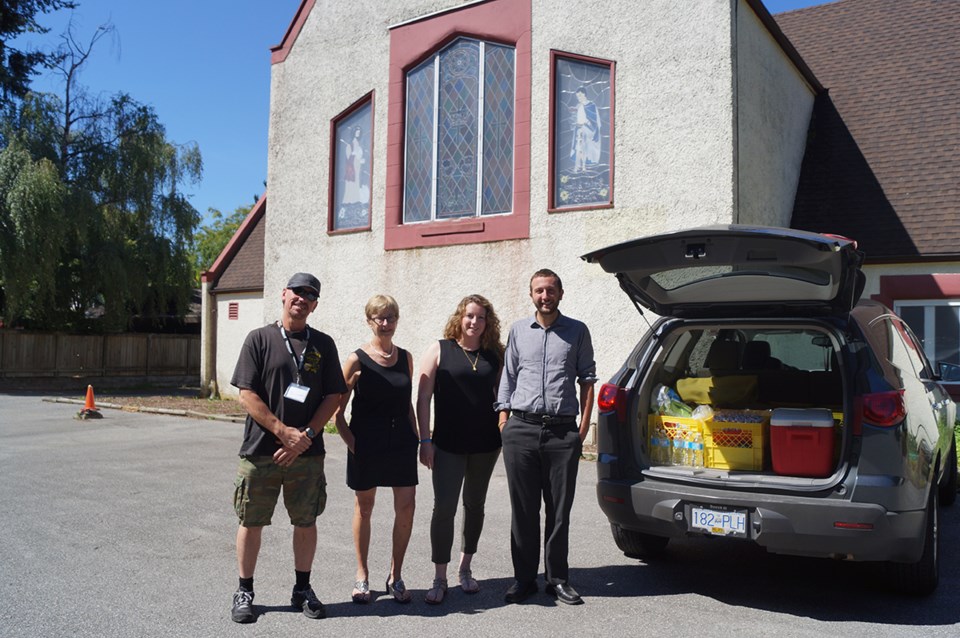In the shadow of Richmond’s mega homes and luxurious apartments — complete with sports cars parked outside — sits a small shelter.
For some people, it may be hard to believe that in a city with such apparent wealth, the shelter, run by St. Alban’s Church, is for the homeless.
The building, beside the church, resembles an old house from the outside, but inside burns a well maintained and organized outreach service, which attempts to improve the lives of those less fortunate in the community.
Emotionally tormented homeless get to convey their thoughts and fulfill their needs at this tiny organization.
They are not only sustained with food and services such as showers, but also taught how to live independently.
The four St. Alban’s programs took a new turn this April and united to create the St. Alban’s Outreach and Advocacy in order to expand and grow their facilities.
Life-skill services, such as cooking, providing rental housing, and teaching grocery shopping were introduced. The programs individually were: The Richmond Drop-in Centre, The Community Meal, the Extreme Weather Shelter, and the Shower Program.
A team of nurses, a counsellor, and an outreach worker were introduced to help the homeless, many of whom are bewildered due to the lifestyle they lead.
James Caspersen, St. Alban’s outreach program coordinator, said interaction and communication are an important part of the program, in order to fulfill specific needs of every individual.
Explaining how not every homeless person needs to be “clean” to access these facilities, Caspersen pointed to the fact that some of them have forgotten how to live a normal life.
“We can’t expect that if we put a person in a house…everything is going to be OK,” he said.
“It’s a continuum. You need to make sure all support is in place.”
The program creates a bond with homeless people, allowing them to easily communicate and access what’s needed.
“Thirty-five per cent of the people that came to our shelter, are either in houses or treatment facilities,” added Caspersen, who emphasized the program teaches homeless people how to survive on their own, rather than just providing facilities.
“I really appreciate being able to work in Richmond. The city is eager to work with and be a leader in developing programs like this.”



